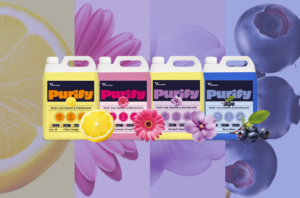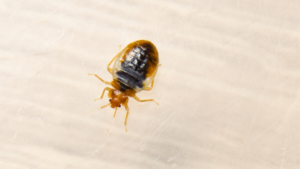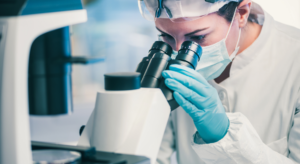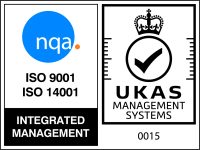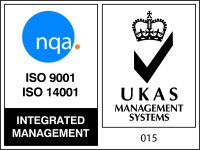Hygiene Protocols: Matching Procedures to Challenges
In their day-to-day roles, cleaners are asked to undertake a variety of processes and procedures in order to keep the facilities they tend safe. Cleaning, disinfection and hand washing all have a role to play in safeguarding wellbeing, but are not necessarily the answer to each and every hygiene challenge. For any professional cleaner, understanding the difference between these protocols and when they should be used is integral in achieving a safe and hygienic environment.
Cleaning and Disinfecting:
Basic Procedures for Good Hygiene
Cleaning and disinfecting are two of the most common procedures undertaken by cleaning professionals. As a process, cleaning is simply the act of physically removing dirt and debris from a soiled service, as CleanLink explains. It can be undertaken on any surface and, as the outlet adds, when considering their cleaning strategy, cleaners should pay special attention to frequently touched surfaces.
As a process, cleaning is often undertaken as part of a two-stage clean, with disinfection being the second step of this process. During disinfection, disinfectants – that is, chemicals or products which are specifically designed to eliminate harmful pathogens – are applied to a clean surface. From kitchens and toilets to high-touch areas such as door handles and lift buttons, disinfection – just like cleaning – is appropriate to undertake across a variety of surfaces and in any environment to remove bacteria and viruses. However, as both the British Institute of Cleaning Science (BICSc) and the United Kingdom’s Food Standards Agency reiterate, thorough disinfection can only be effectively undertaken after thorough cleaning
Fumigation and Chemical Spraying:
Specialist Disinfection Techniques
As the United Kingdom’s Health and Safety Executive (HSE) explains, fumigation and chemical spraying are specialist disinfection techniques that are most suitable for larger rooms and spaces. If cleaners are instructed to use these methods, cleaners and facilities teams should liaise directly with their suppliers in order to decide on the right fumigation or spraying system. “If using the fog, mist, vapour method you will need to ensure the correct concentration of the active chemical is used, this means there is enough for it to work properly, but not so much as to leave a residue which may remain at unsafe levels for some time after treatment ends. There are different types of source disinfectants that can be applied as a fog, mist or vapour treatment…Seek advice on what is appropriate to the environment that requires treatment,” it advises.
Cleanroom Technology highlights that fumigation is normally undertaken using a machine – which can be either mobile or static – which sprays an area or space with disinfectant to reduce airborne pathogens on difficult-to-reach surfaces. While it is a common method of disinfection in the clinical and pharmaceutical sectors, it is also gaining traction within the food production sector where, in comparison to traditional disinfection methods, it offers longer-term protection from harmful pathogens. As a specialist technique, spraying or fumigation with a disinfectant may not be appropriate for facilities such as offices or schools.
Hand Washing: A Vital Role in Hygiene
While cleaning and disinfecting – by any method – are core procedures in keeping a space or facility pathogen-free, basic hand hygiene can also play a strong role in the prevention of cross-contamination under any circumstance and in any environment. As a widely understood hygiene protocol, hand washing essentially supports a professional cleaner’s best efforts in cleaning and disinfecting a space. The NHS also adds that, when undertaken properly, hand washing can remove physical dirt as well as viruses and bacteria, thus helping to prevent their spread. HSE reiterates that it is essential that hand washing facilities are provided throughout a facility.
While hand hygiene and the processes of cleaning and disinfection can help keep a facility free of pathogens, a cleaner’s understanding of these various protocols and precisely when to use them is paramount in providing a healthy space. Armed with this knowledge, professional cleaners stand ready to face each and every hygiene challenge with confidence


